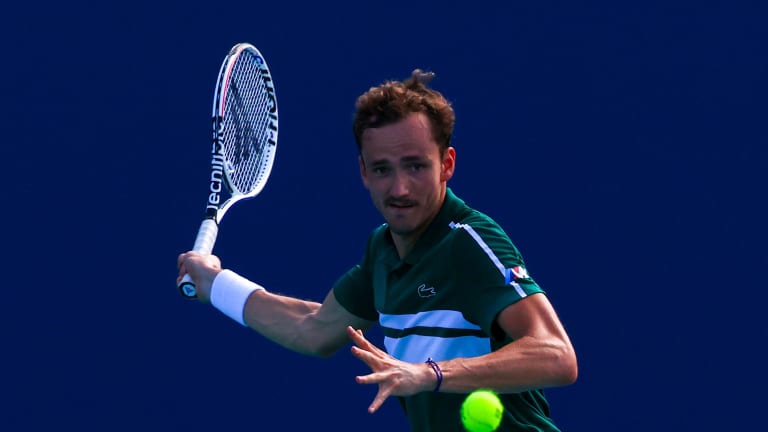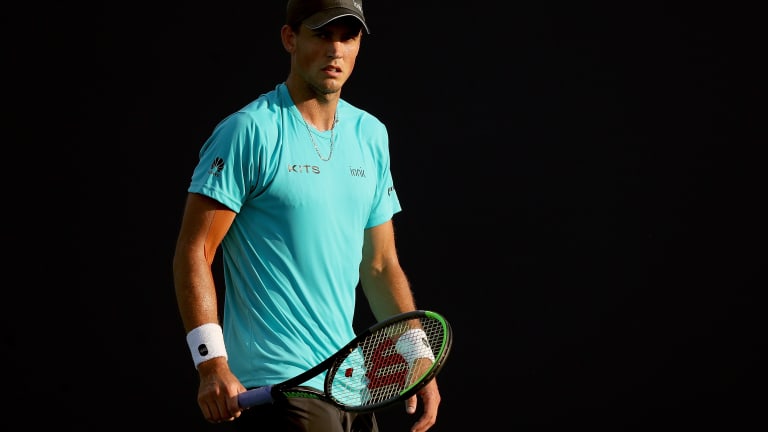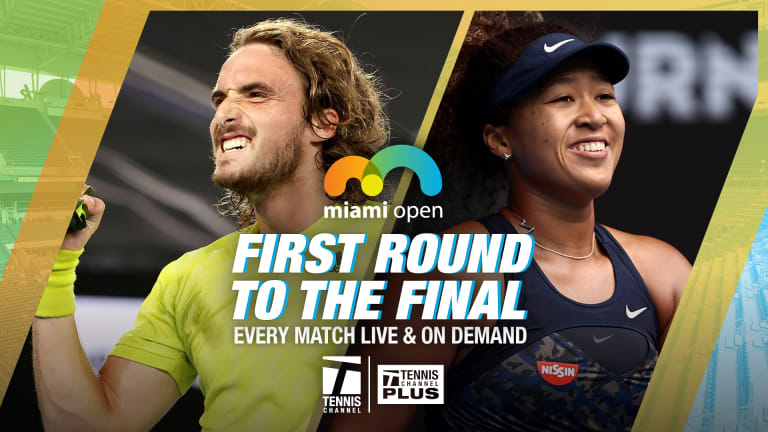Miami, USA
The Rally—Controversies, comebacks define Miami; WTA filling Big 3 gap
Mar 29, 2021Miami, USA
Jannik Sinner tops Grigor Dimitrov for Miami Open title
By Mar 31, 2024Miami, USA
Danielle Collins won an emotional title, while Jannik Sinner won a logical one, at the Miami Open
By Mar 31, 2024Miami, USA
Danielle Collins wins Miami Open on her final try, topping Elena Rybakina in straight sets
By Mar 30, 2024Miami, USA
Danielle Collins defeats Elena Rybakina for Miami Open title, the biggest title of her career
By Mar 30, 2024Miami, USA
What will be stronger in Miami: Jannik Sinner's rise, or Grigor Dimitrov's renaissance?
By Mar 30, 2024Miami, USA
Jannik Sinner, Grigor Dimitrov advance to Miami Open final
By Mar 30, 2024Miami, USA
Who Will Win: Jannik Sinner or Grigor Dimitrov, 2024 Miami Open men's final
By Mar 30, 2024Miami, USA
Who Will Win: Danielle Collins or Elena Rybakina, 2024 Miami Open women's final
By Mar 29, 2024Miami, USA
2024 Miami Open women's final preview: Elena Rybakina vs. Danielle Collins is always 'neck and neck'
By Mar 29, 2024Miami, USA
The Rally—Controversies, comebacks define Miami; WTA filling Big 3 gap
Most of all, what we see at a tournament like the Miami Open is how compelling it is to watch men and women compete at the same event.
Published Mar 29, 2021
Advertising

The Rally—Controversies, comebacks define Miami; WTA filling Big 3 gap
© Getty Images
Advertising

The Rally—Controversies, comebacks define Miami; WTA filling Big 3 gap
© Getty Images
Advertising

The Rally—Controversies, comebacks define Miami; WTA filling Big 3 gap
© Getty Images
Advertising

The Rally—Controversies, comebacks define Miami; WTA filling Big 3 gap